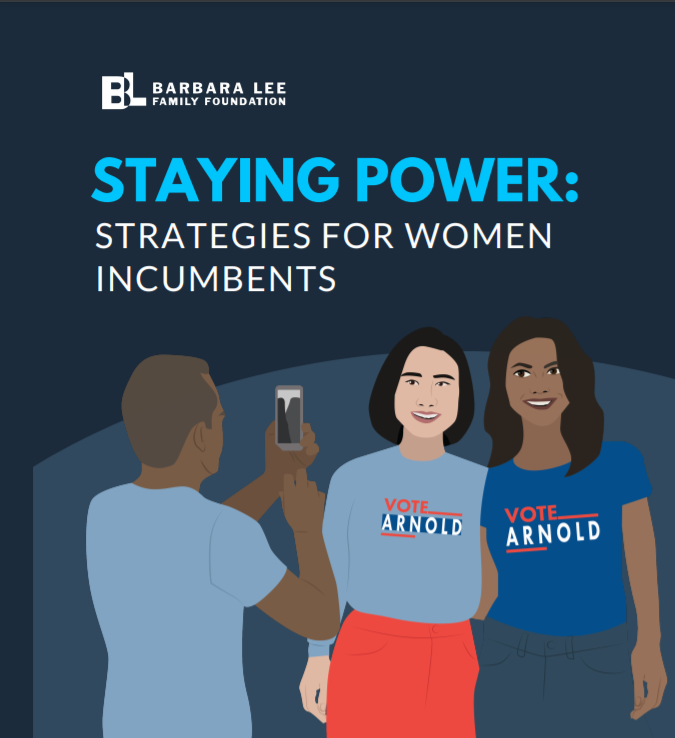In April of 2019, I joined nearly 2,000 women of color gathered at Texas…
Sexism Against Women in Power: 3,000 Years and Counting

It’s election season again, when many female candidates face an onslaught of criticism by political opponents, the media, and on social media for their allegedly depraved sex lives, the width of their hips, their unsuitable clothing, the shrillness of their voices, their unlikeability and untrustworthiness, their unfeminine ambitions, and their unruly emotions. These tried-and-true sexist strategies to put a powerful woman in her place did not first appear when women entered modern politics a century or so ago but have actually been in use for thousands of years to bring down female rulers.
Cleopatra,[1] the brilliant queen of Egypt, was the most intelligent, powerful, and wealthy woman of the ancient world. The leaders of the Roman Republic—who wanted to steal her country—spread the lie that she had hundreds—no, thousands!—of lovers (historians only know of two). Cleopatra, they said, had used her sexual wiles to persuade Mark Antony, the Roman general gone rogue, to marry her. Moreover, she was wildly ambitious, greedy, spendthrift, and not even pretty, all excellent reasons to invade.
Ask anyone today one thing they’ve heard about Catherine the Great,[2] and they will probably mention the horse story. Which never happened. The empress died of a stroke at age 67 in 1796. Over the course of her 34-year reign, Catherine had expanded her borders by 200,000 square miles and promoted the arts, literature, and education, creating the Russian Golden Age. Because her astonishing success proved misogynistic assumptions wrong, something had to be done to trash her reputation forever.
For many years before the 1789 Fall of the Bastille, Marie Antoinette[3] was the subject of pornographic writings which accused her of having thousands of male and female lovers. Drought, famine, mismanagement of the royal treasury—they were all blamed on her, a woman with no political power whatsoever, rather than her good-hearted but rather daft husband, King Louis XVI (who had the power). When Marie wore the elaborate clothing befitting the dignity of a queen of France, she was harshly criticized in the press for wasting taxpayer money. When she wore simpler clothing, she was lambasted for lacking in majesty.
In 2016, Hillary Clinton[4] was criticized for her body shape, her clothing, her hair, her voice, her laugh, her ambition, her unlikeability and untrustworthiness. She was accused of having affairs with men and women, without any evidence; of running a child sex ring under a Washington, D.C. pizza parlor; and of murdering dozens of people.
Now, in 2022, we must ask ourselves, how do we put an end to this deeply entrenched paleo-misogyny attacking women who run for office? There are many possibilities, such as media guides on how to avoid sexist content and women candidates publicly shaming the shamers. Most important, however, is electing more women (the Barbara Lee Family Foundation calls this breaking the “imagination barrier”), so that women are no longer the oddity to be pushed back into their place.
Because the highest offices in the land are their place.
[1] Schiff, Stacey, Cleopatra: A Life. New York: Little, Brown & Co., 2010.
[2] Erickson, Carolly. The Life of Catherine the Great, Empress of Russia. New York: St. Martin’s Griffin, 1994.
[3] Thomas, Chantal. The Wicked Queen: The Origins of the Myth of Marie Antoinette. New York: Zone Books, 2001.
[4] Clinton, Hillary Rodham. What Happened. New York: Simon & Schuster, 2017.






